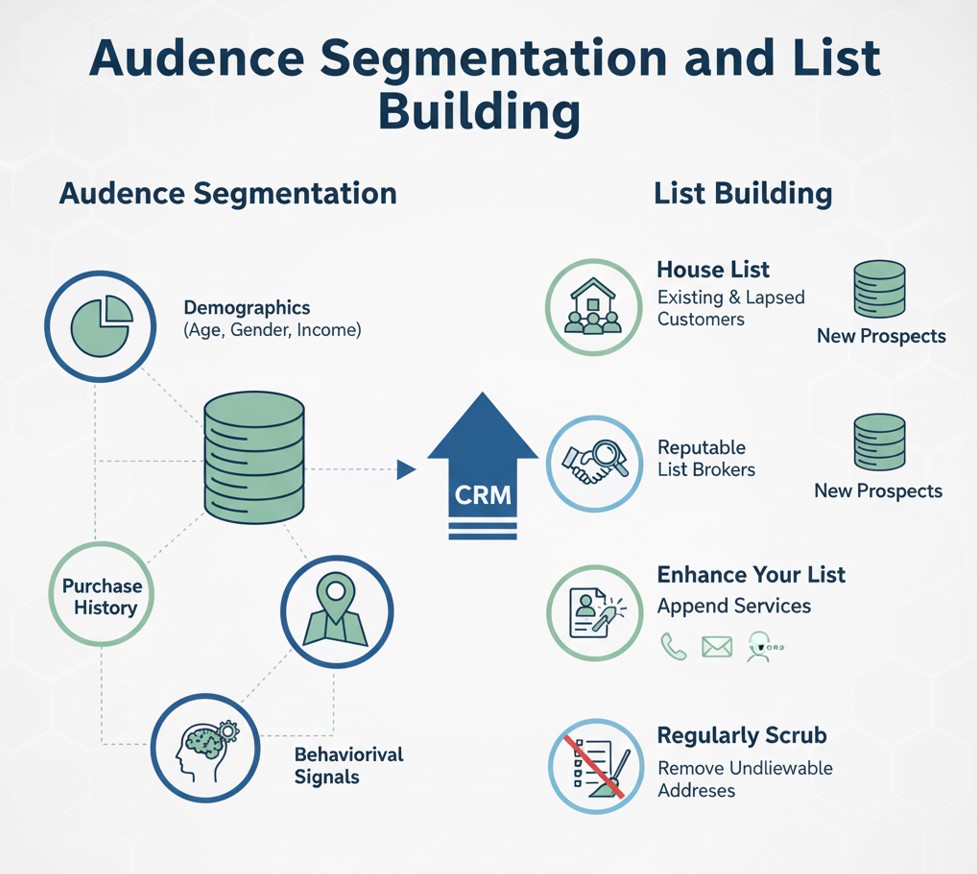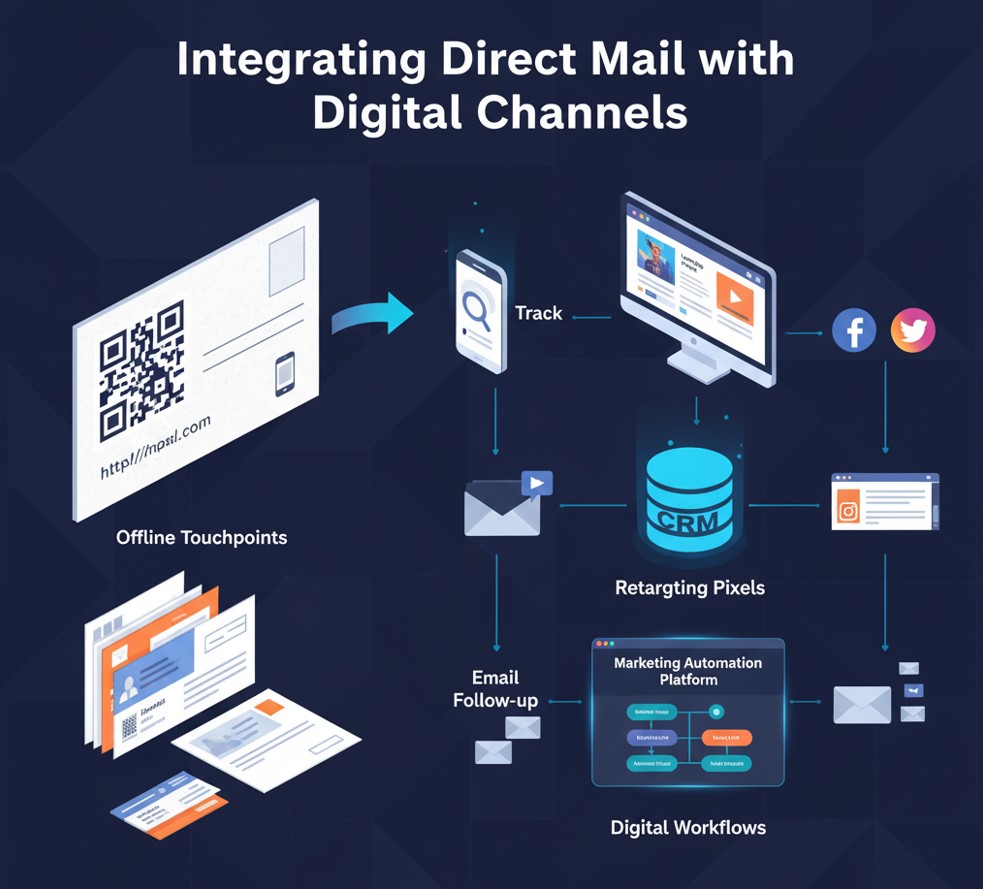In a world where digital ads compete for every pixel of attention, direct mail marketing remains a powerful, tangible tool for brands seeking memorable customer engagement. From beautifully crafted postcards to personalized letters and brochures, well-executed mail campaigns can break through the online noise, earn trust, and drive measurable results. This guide dives deep into proven strategies, best practices, and cutting-edge techniques to help you design, launch, and optimize direct mail efforts that deliver a strong return on investment.
1. Why Direct Mail Still Matters
Despite the proliferation of email, social media, and search ads, direct mail offers unique advantages. Its physical nature commands attention—recipients often spend four to five seconds looking at a piece of mail and up to 30 seconds reading it. Tactile experiences foster emotional connections: high-quality paper stock, vibrant color printing, and custom die-cuts can excite curiosity and drive action. According to the Data & Marketing Association, direct mail response rates can be as high as 4.9% for prospect lists and 9% for house lists—far surpassing many digital channels.
In an age of digital overload, direct mail proves that traditional marketing still delivers ROI—often outperforming digital-only strategies when it comes to engagement, trust, and response rates.
2. Setting Clear Objectives and Budgeting Wisely
Before crafting your mail piece, define specific goals: lead generation, event attendance, product trials, or customer retention. Attach measurable metrics—response rate, conversion rate, average order value, and cost per acquisition. With goals in place, allocate budget for list rental or purchase, creative development, printing, mail sorting, postage, and data processing. A typical small campaign might start at $2,000–$5,000, while large-scale enterprise efforts can run into six figures. By outlining line-item costs upfront, you can forecast ROI and adjust mail volume, format, or targeting to stay within budget.
3. Audience Segmentation and List Building

Targeting the right audience is critical. Segment your prospects based on demographics, purchase history, geographic proximity, or behavioral signals. Use your CRM to create house lists of existing customers or re-engage lapsed buyers. For new prospects, consider reputable list brokers that offer validated mailing lists tailored to your ideal buyer personas. Enhance your list with append services—adding phone numbers, email addresses, or demographic attributes improves personalization and enables cross-channel follow-up. Regularly scrub your list to remove undeliverable addresses and reduce wasteful spending.
4. Crafting Compelling Creative and Copy
Successful direct mail combines eye-catching design with persuasive copy. Your headline should grab attention—use bold fonts, contrasting colors, or a teaser like “Exclusive Offer Inside.” Follow with benefit-driven messaging focused on the recipient’s needs: cost savings, time efficiency, or enhanced lifestyle. Include a clear call to action (CTA)—visit your website, scan a QR code, call a toll-free number, or mail back a reply envelope. Balance visuals and text: white space improves readability, while high-quality images showcase products or services in context. A/B test different formats—postcard vs. letter, standard envelope vs. PURL mailer—to identify top performers.
5. Personalization and Customization
Personalization boosts response rates dramatically. Simple techniques like printing the recipient’s name on the envelope or salutation can increase open rates by up to 20%. For advanced personalization, merge dynamic content—images or offers tailored to the recipient’s past behavior, preferences, or location. Variable data printing (VDP) allows you to swap headlines, product images, or discount levels based on individual profiles. Incorporate personalized URLs (PURLs) so each prospect receives a unique landing page, making tracking and attribution seamless.
6. Integrating Direct Mail with Digital Channels

Omni-channel campaigns that blend direct mail with online touchpoints maximize impact. Include QR codes or short URLs that lead to optimized landing pages, video demonstrations, or virtual try-ons. Use cookies or tracking pixels on PURL pages to retarget visitors through social media or display ads. Leverage email follow-ups to nurture respondents who scanned your QR code or visited your site. Integrate your direct mail data with marketing automation platforms so every offline interaction triggers digital workflows—welcome series, abandoned cart reminders, or loyalty rewards outreach.
7. Measuring Success: Key Metrics and Attribution
Tracking ROI in direct mail requires a multi-layered approach. Core metrics include deliverability rate, response rate (inquiries or redemptions), conversion rate (sales or sign-ups), and average order value. For PURLs or QR codes, monitor page visits, time on site, and form completions. If using promo codes, tally redemptions linked to the mailer. Calculate cost per lead and cost per sale by dividing the total campaign cost by the number of leads or sales generated. For long-term value, measure customer lifetime value (CLV) uplift among mail responders versus a control group.
8. Case Study: A Retailer’s Direct Mail Win
A regional home goods retailer launched a themed postcard campaign offering 15% off seasonal decor. They segmented customers by purchase frequency and home style preferences, then printed variable images showing living room setups each recipient was most likely to favor. A PURL invited prospects to schedule a virtual design consultation. The campaign achieved a 7.2% response rate, with an average order value 35% higher than standard promotions. Tracking data showed a 25% increase in repeat purchases over three months, validating the power of personalized direct mail.
9. Best Practices and Pro Tips
- Test small before you scale: run pilot mailings with 500–1,000 pieces to optimize messaging and format.
- Leverage high-contrast mailers: fluorescent inks or textured finishes boost open rates.
- Coordinate timing: sync mail drops with email sends or social ads for maximum reach.
- Ensure compliance: adhere to postal regulations, data privacy laws, and opt-out requirements.
10. The Future of Direct Mail Marketing
Advances in AI, machine learning, and print-on-demand technologies are transforming direct mail. Predictive analytics can refine list targeting to micro-segments with high purchase propensity. Integrations with smart home devices might enable interactive mailers that trigger digital demos when scanned. Sustainable printing and eco-friendly packaging respond to growing consumer demand for green marketing. As privacy regulations tighten around cookies and email, direct mail’s first-party data approach will become increasingly valuable for personalized outreach.
11. Conclusion
Direct mail marketing remains a versatile, high-impact channel when executed strategically. By defining clear goals, segmenting audiences, crafting personalized creative, and integrating with digital touchpoints, brands can achieve outstanding ROI and deepen customer relationships. Regular testing, data-driven optimization, and a commitment to innovation will keep your campaigns fresh and effective. Embrace the tangible power of direct mail to stand out in a crowded marketplace and deliver measurable results for years to come.
Learn more about: Traditional Marketing for Educational Institutions: What Still Works









